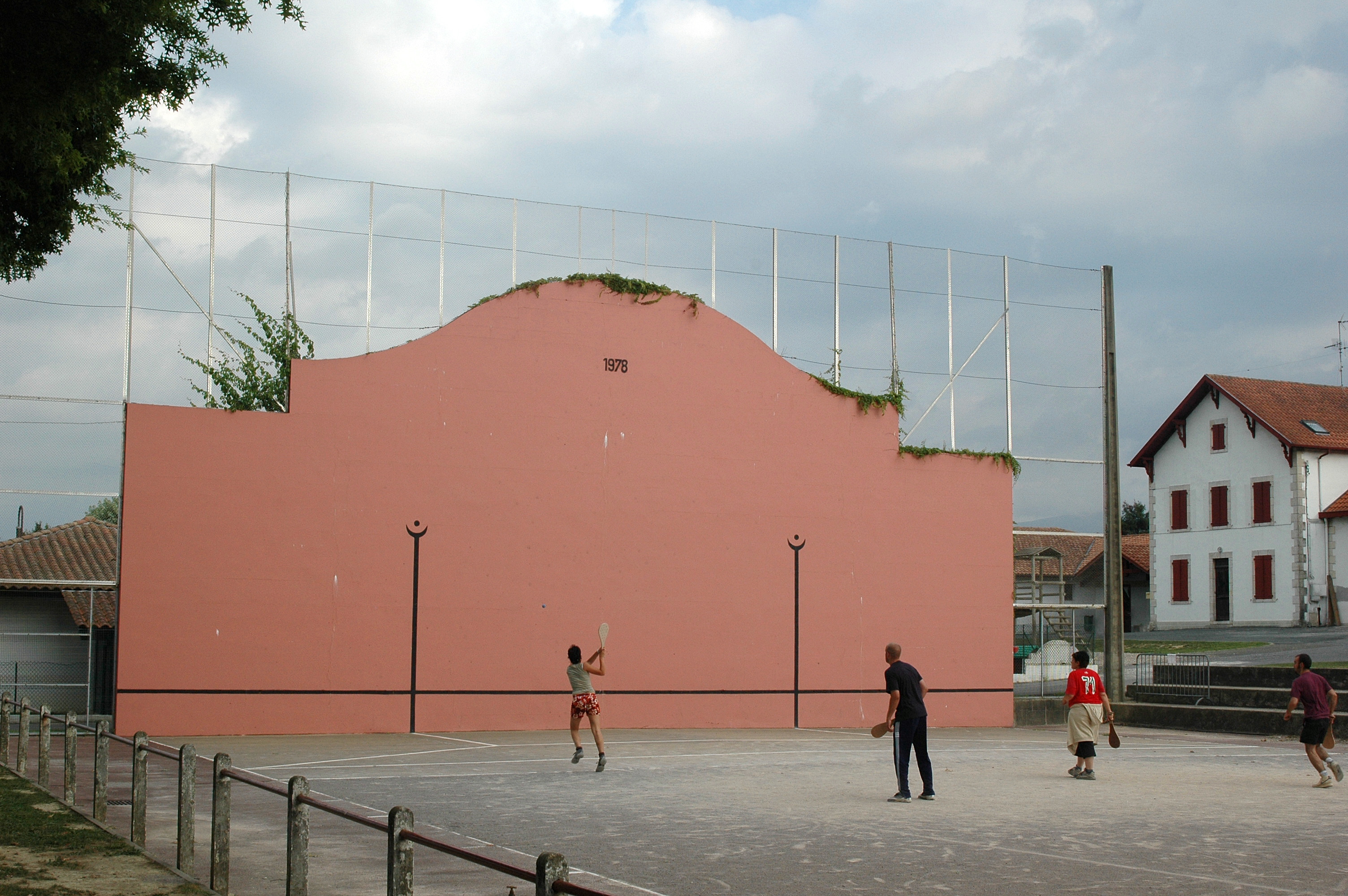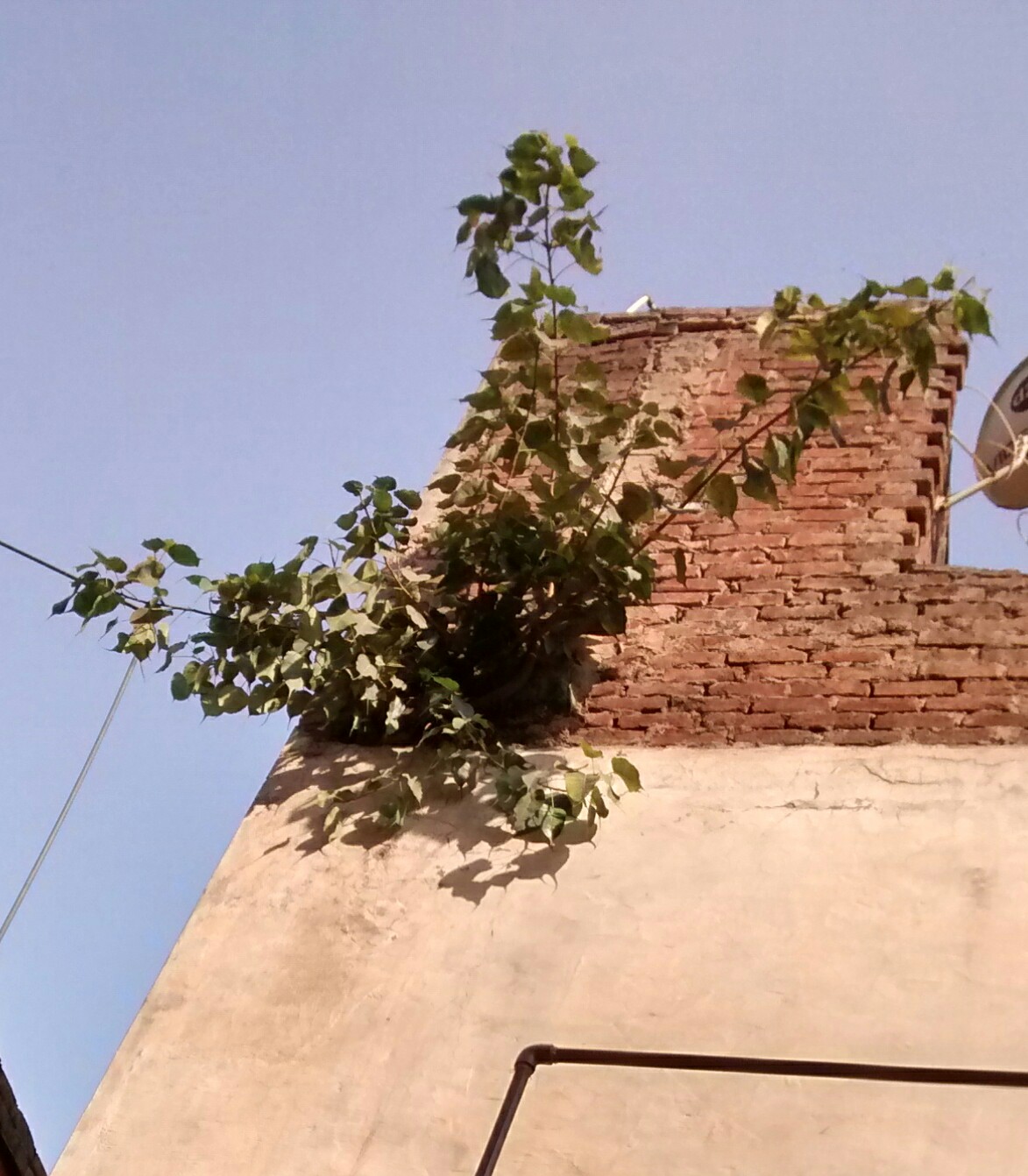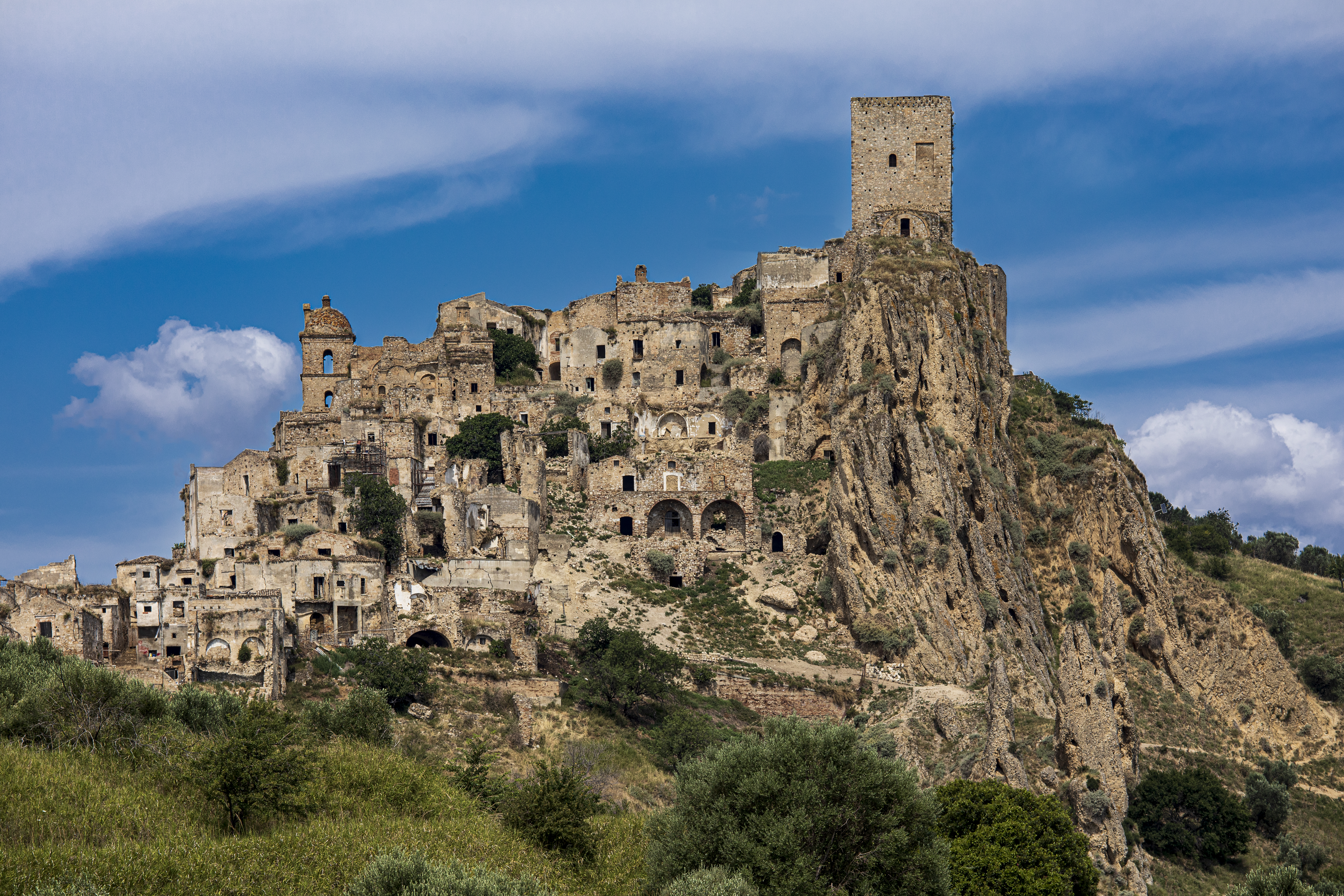|
Ta Som
Ta Som () is a small temple at Angkor, Cambodia, built at the end of the 12th century for King Jayavarman VII. It is located north east of Angkor Thom and just east of Neak Pean. The King dedicated the temple to his father Dharanindravarman II ''(Paramanishkalapada)'' who was King of the Khmer Empire from 1150 to 1160. The temple consists of a single shrine located on one level and surrounded by enclosure laterite walls. Like the nearby Preah Khan and Ta Prohm the temple was left largely unrestored, with numerous trees and other vegetation growing among the ruins. In 1998, the World Monuments Fund (WMF) added the temple to their restoration program and began work to stabilise the structure to make it safer for visitors. Structure Designed to be entered from the east, Ta Som is surrounded by a moat and enclosed by three laterite walls which are broken by two sets of gopura (entrance ways). The gopuras are cross-shaped and contain a small room on each side along with windows contai ... [...More Info...] [...Related Items...] OR: [Wikipedia] [Google] [Baidu] |
Cambodia
Cambodia, officially the Kingdom of Cambodia, is a country in Southeast Asia on the Mainland Southeast Asia, Indochinese Peninsula. It is bordered by Thailand to the northwest, Laos to the north, and Vietnam to the east, and has a coastline along the Gulf of Thailand in the southwest. It spans an area of , dominated by a low-lying plain and the confluence of the Mekong river and Tonlé Sap, Southeast Asia's largest lake. It is dominated by a tropical climate and is rich in biodiversity. Cambodia has a population of about 17 million people, the majority of which are ethnically Khmer people, Khmer. Its capital and most populous city is Phnom Penh, followed by Siem Reap and Battambang. In 802 AD, Jayavarman II declared himself king, uniting the warring Khmer princes of Chenla Kingdom, Chenla under the name "Kambuja".Chandler, David P. (1992) ''History of Cambodia''. Boulder, CO: Westview Press, . This marked the beginning of the Khmer Empire. The Indianised kingdom facilitated ... [...More Info...] [...Related Items...] OR: [Wikipedia] [Google] [Baidu] |
Ta Prohm
Ta Prohm (, UNGEGN: , ALA-LC: ; "Ancestor Brahma") is the modern name of a temple near the city of Siem Reap, Cambodia, approximately one kilometre east of Angkor Thom and on the southern edge of the East Baray. It was built in the Bayon style largely in the late 12th century and early 13th century and was originally called Rajavihara (, UNGEGN: , ALA-LC: ; "Royal Monastery"). It was founded by the Khmer King Jayavarman VII as a Mahayana Buddhist monastery and center of learning dedicated to his mother. Almost 80,000 people were required to maintain or attend at the temple, including over 2,700 officials and 615 dancers. The temple is referred to as the "Tomb Raider Temple" or the "Angelina Jolie Temple" due to its depiction in the film '' Lara Croft: Tomb Raider'' (2001). The temple was built without mortar and, after it was abandoned, trees took root in the loosened stones. The trees growing out of the ruins and the jungle surroundings have made it one of the most popular ... [...More Info...] [...Related Items...] OR: [Wikipedia] [Google] [Baidu] |
Buddhist Temples In Siem Reap Province
Buddhism, also known as Buddhadharma and Dharmavinaya, is an Indian religion and philosophical tradition based on teachings attributed to the Buddha, a wandering teacher who lived in the 6th or 5th century BCE. It is the world's fourth-largest religion, with about 500 million followers, known as Buddhists, who comprise four percent of the global population. It arose in the eastern Gangetic plain as a movement in the 5th century BCE, and gradually spread throughout much of Asia. Buddhism has subsequently played a major role in Asian culture and spirituality, eventually spreading to the West in the 20th century. According to tradition, the Buddha instructed his followers in a path of development which leads to awakening and full liberation from '' dukkha'' (). He regarded this path as a Middle Way between extremes such as asceticism or sensual indulgence. Teaching that ''dukkha'' arises alongside attachment or clinging, the Buddha advised meditation practices and eth ... [...More Info...] [...Related Items...] OR: [Wikipedia] [Google] [Baidu] |
12th-century Buddhist Temples
1 (one, unit, unity) is a number, numeral, and glyph. It is the first and smallest positive integer of the infinite sequence of natural numbers. This fundamental property has led to its unique uses in other fields, ranging from science to sports, where it commonly denotes the first, leading, or top thing in a group. 1 is the unit of counting or measurement, a determiner for singular nouns, and a gender-neutral pronoun. Historically, the representation of 1 evolved from ancient Sumerian and Babylonian symbols to the modern Arabic numeral. In mathematics, 1 is the multiplicative identity, meaning that any number multiplied by 1 equals the same number. 1 is by convention not considered a prime number. In digital technology, 1 represents the "on" state in binary code, the foundation of computing. Philosophically, 1 symbolizes the ultimate reality or source of existence in various traditions. In mathematics The number 1 is the first natural number after 0. Each natural numbe ... [...More Info...] [...Related Items...] OR: [Wikipedia] [Google] [Baidu] |
Fronton (court)
A fronton (; or ; ) is a two-walled or single-walled court used as a playing area for Basque pelota. History The front wall of the first frontons in villages was usually the wall of a church. Because the games being played close by, several priests would play pelota along with the villagers and got to be well-known players and often served as referees in provincial or town competitions but were out of the picture when it turned into a commercialized sport. Because of the increasing popularity of the game, many churches put up signs forbidding pelota games on their porches. The games were also played in town halls, but when the game turned into a highly popular entertainment in the region, towns started to build special frontons in open-air or closed courts. Characteristics There are two main types of frontons, the first one being the single-wall fronton, prevalent on the eastern Basque Country (greater region), Basque Country, while two-wall frontons are typically located in p ... [...More Info...] [...Related Items...] OR: [Wikipedia] [Google] [Baidu] |
APSARA
Apsaras (, , Khmer language, Khmer: អប្សរា are a class of celestial beings in Hinduism, Hindu and Culture of Buddhism, Buddhist culture. They were originally a type of female spirit of the clouds and waters, but, later play the role of a "nymph" or "fairy". They figure prominently in the sculptures, dance, literature and paintings of many South Asian and Southeast Asian cultures. The apsaras are described to be beautiful, youthful and elegant, and are said to be able to change their shape at will; making anyone fall for their beauty. There are two types of apsaras—''laukika'' (worldly) and ''daivika'' (divine). They are great in the art of dancing, and often wives of the gandharvas, the court musicians of Indra. The apsaras reside in the palaces of the gods and entertain them by dancing to the music made by the Gandharvas. The 26 apsaras of Indra's court are each said to symbolise a different facet of the performing arts, drawing comparisons to the Muses of ... [...More Info...] [...Related Items...] OR: [Wikipedia] [Google] [Baidu] |
Porch
A porch (; , ) is a room or gallery located in front of an entrance to a building. A porch is placed in front of the façade of a building it commands, and forms a low front. Alternatively, it may be a vestibule (architecture), vestibule (a small room leading into a larger space) or a projecting building that houses the entrance door of a building. Porches exist in both sacral architecture, religious and secular architecture. There are various styles of porches, many of which depend on the architectural tradition of its location. Porches allow for sufficient space for a person to comfortably pause before entering or after exiting a building, or to relax on. Many porches are open on the outward side with baluster, balustrade supported by balusters that usually encircles the entire porch except where stairs are found. The word ''porch'' is almost exclusively used for a structure that is outside the main walls of a building or house. Porches can exist under the same roof line as ... [...More Info...] [...Related Items...] OR: [Wikipedia] [Google] [Baidu] |
Sacred Fig
''Ficus religiosa'' or sacred fig is a species of fig native to the Indian subcontinent and Indochina that belongs to Moraceae, the fig or mulberry family. It is also known as the bodhi tree, bo tree, peepul tree, peepal tree, pipala tree or ashvattha tree (in India and Nepal). The sacred fig is considered to have a religious significance in four major religions that originated on the Indian subcontinent: Hinduism, Buddhism, Sikhism and Jainism. Hindu and Jain ascetics consider the species to be sacred and often meditate under it. Gautama Buddha is believed to have attained enlightenment under a tree of this species. The sacred fig is the state tree of the Indian states of Odisha, Bihar and Haryana. Description ''Ficus religiosa'' is a large dry season-deciduous or semi-evergreen tree up to tall and with a trunk diameter of up to . The leaves are cordate in shape with a distinctive extended drip tip; they are long and broad, with a petiole. The fruits are small ... [...More Info...] [...Related Items...] OR: [Wikipedia] [Google] [Baidu] |
Baluster
A baluster () is an upright support, often a vertical moulded shaft, square, or lathe-turned form found in stairways, parapets, and other architectural features. In furniture construction it is known as a spindle. Common materials used in its construction are wood, stone, and less frequently metal and ceramic. A group of balusters supporting a guard railing, coping, or ornamental detail is known as a balustrade. The term baluster shaft is used to describe forms such as a candlestick, upright furniture support, and the stem of a brass chandelier. The term banister (also bannister) refers to a baluster or to the system of balusters and handrail of a stairway. It may be used to include its supporting structures, such as a supporting newel post. In the UK, there are different height requirements for domestic and commercial balustrades, as outlined in Approved Document K. Etymology According to the ''Oxford English Dictionary'', "baluster" is derived through the , from , from ' ... [...More Info...] [...Related Items...] OR: [Wikipedia] [Google] [Baidu] |
Gopura
A ''gopuram'' or ''gopura'' (Tamil language, Tamil: கோபுரம், Telugu language, Telugu: గోపురం, Kannada: ಗೋಪುರ, Malayalam language, Malayalam: ഗോപുരം) is a monumental entrance tower, usually ornate, at the Entrance Hall, entrance of a Hindu temple, in the Dravidian architecture, South Indian architecture of the southern Indian states of Tamil Nadu, Andhra Pradesh, Kerala, Karnataka, and Telangana, and Sri Lanka. In other areas of India they are much more modest, while in Southern Indian temples they are very often by far the highest part of the temple. Ancient and early medieval temples feature smaller ''gopuram'', while in later temples they are a prominent feature of Hindu temple architecture, Hindu Tamil architecture, Dravidian style; in many cases the temple compound was expanded and new larger gopuram built along the new boundary. They are topped by the ''kalasam'', a bulbous stone finial. They function as gateways through the ... [...More Info...] [...Related Items...] OR: [Wikipedia] [Google] [Baidu] |
World Monuments Fund
World Monuments Fund (WMF) is a private, international, non-profit organization dedicated to the preservation of historic architecture and cultural heritage sites around the world through fieldwork, advocacy, grantmaking, education, and training. Founded in 1965, WMF is headquartered in New York, and has offices and affiliates around the world, including Cambodia, France, Peru, Portugal, Spain, and the United Kingdom. In addition to hands-on management, the affiliates identify, develop, and manage projects, negotiate local partnerships, and attract local support to complement funds provided by donors. History International Fund for Monuments (1965–1984) The International Fund for Monuments (IFM) was an organization created by Colonel James A. Gray (1909–1994) after his retirement from the U.S. Army in 1960. Gray had conceived of a visionary project to arrest the settlement of the Leaning Tower of Pisa by freezing the soil underneath, and he formed the organization in 196 ... [...More Info...] [...Related Items...] OR: [Wikipedia] [Google] [Baidu] |
Preah Khan
Preah Khan (; "Royal Sword") is a temple at Angkor, Cambodia, built in the 12th century for King Jayavarman VII to honor his father.Higham, C., 2014, Early Mainland Southeast Asia, Bangkok: River Books Co., Ltd., It is located northeast of Angkor Thom and just west of the Jayatataka baray, with which it was associated. It was the centre of a substantial organisation, with almost 100,000 officials and servants. The temple is flat in design, with a basic plan of successive rectangular galleries around a Buddhist sanctuary complicated by Hindu satellite temples and numerous later additions. Like the nearby Ta Prohm, Preah Khan has been left largely unrestored, with numerous trees and other vegetation growing among the ruins. History Preah Khan was built on the site of Jayavarman VII's victory over the invading Chams in 1191 . Unusually the modern name, meaning "holy sword", is derived from the meaning of the original—''Nagara Jayasri'' (holy city of victory). The site may p ... [...More Info...] [...Related Items...] OR: [Wikipedia] [Google] [Baidu] |








